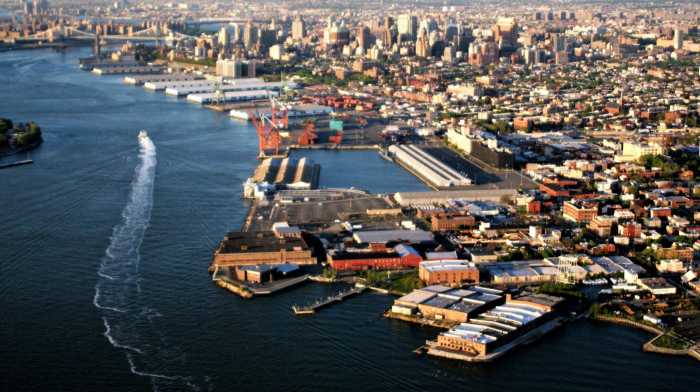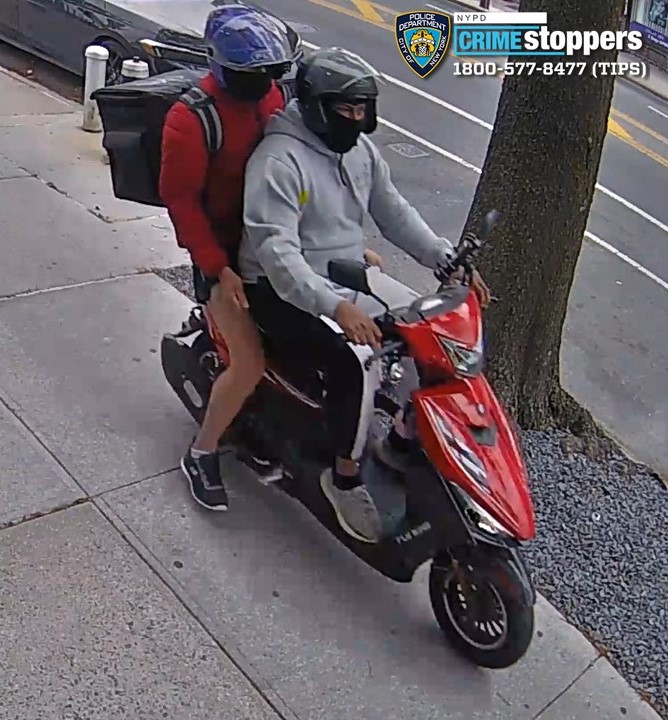In the midst of one of the worst economic downturns since the Great Depression, Mayor Bloomberg wants to spend $105 million more of your tax dollars to buy out Coney Island’s principal landowner — and then spend at least another $100 million more of your money on a fantasy vision of the former People’s Playground.
This week, as Mike McLaughlin reports on our front page, Bloomberg sent a formal $105-million offer to developer Joe Sitt to buy 10–1/2 acres of Boardwalk-fronting property that’s currently zoned for amusements only.
Once he gets that land, the mayor says he will combine it with a smaller plot that the city wasted $11 million to purchase, and rezone the amusement area into two parts: a nine-acre “park” along the Boardwalk where a new theme park would magically rise; and an adjacent area where indoor amusements, some “entertainment retail” and hotels could be built.
Like most in Brooklyn, we certainly share the goal of a year-round tourist destination in Coney Island. But we feel that the mayor is entirely misguided about how to achieve it.
Foremost, the city must abandon its obsession with creating a zoned “park” along the Boardwalk. Coney Island’s amusement area is currently zoned so that only amusements — rides, games of chance, Shoot the Freak booths and landmarks like the Cyclone and the Wonder Wheel — can operate. That zoning prevents the very things that would help revive Coney Island: hotels along Surf Avenue and other indoor, year-round attractions.
Such amenities are essential to lure private developers — the people who could actually bring about the renaissance of Coney Island. Such developers, unlike the city, are subject to market forces and the give-and-take of the public land-use review process.
Clearly, the best — and cheapest — course of action is simply to alter the C-7 zoning so that Sitt or any developer could build the indoor amusements and hotels that the city says it wants at Coney Island.
We don’t need “park land” zoning when existing zoning is just as strong, if not stronger. City officials have confirmed that “park land” zoning does not guarantee a verdant pasture. Indeed, the minor league baseball stadium — and its ugly parking lot — occupy a zoned city park right now.
The city does deserve some credit for finally putting a price on its buyout of Sitt. But there’s still a big problem: the price is too high.
It would be one thing to spend $200 million in this dour economy on a sure thing. But the mayor’s fantasy for Coney Island is increasingly looking like throwing good money after bad.
























